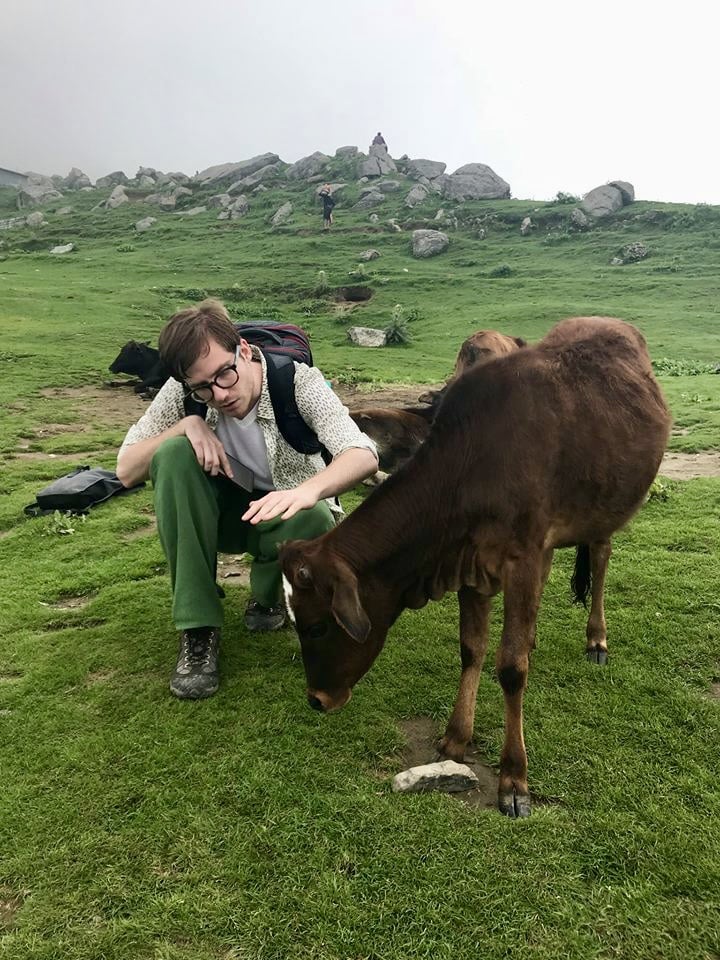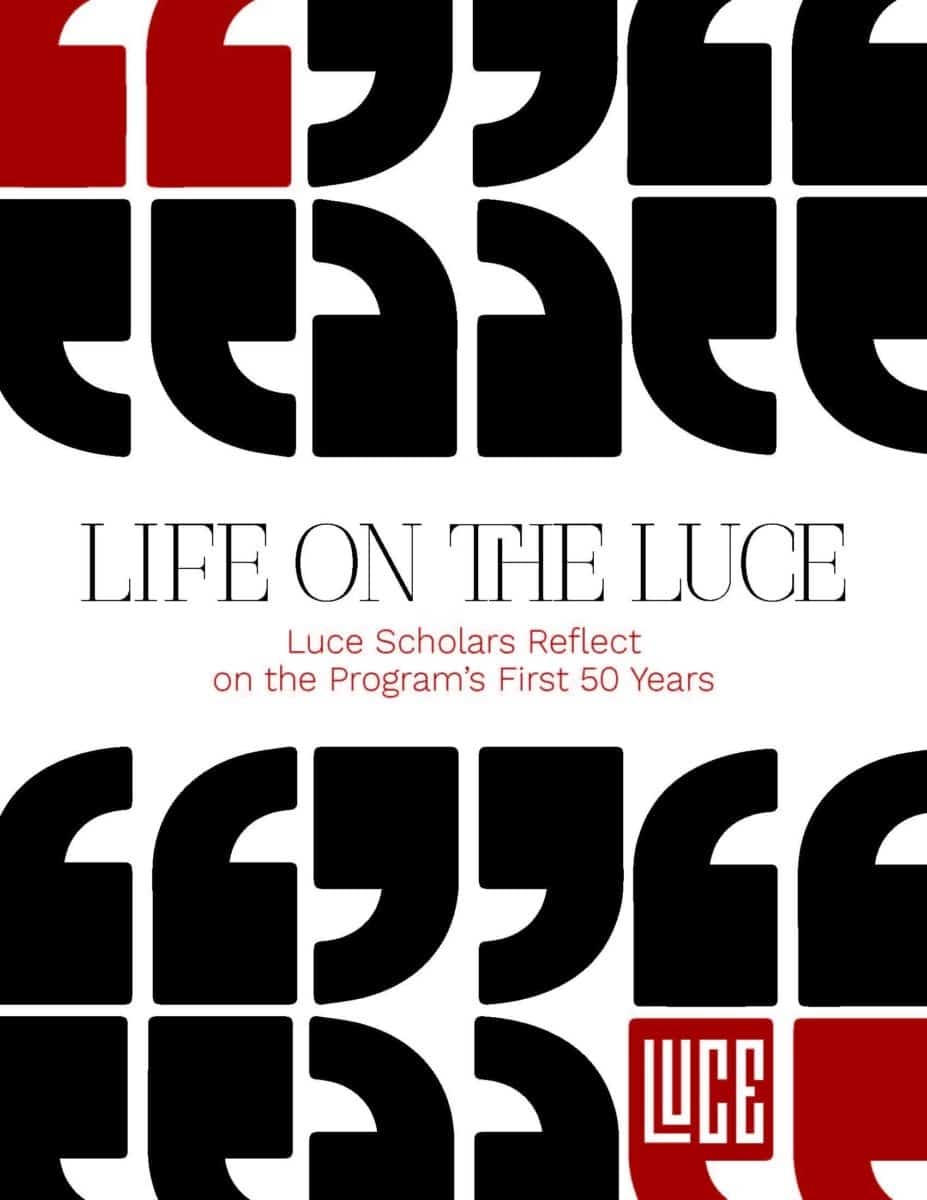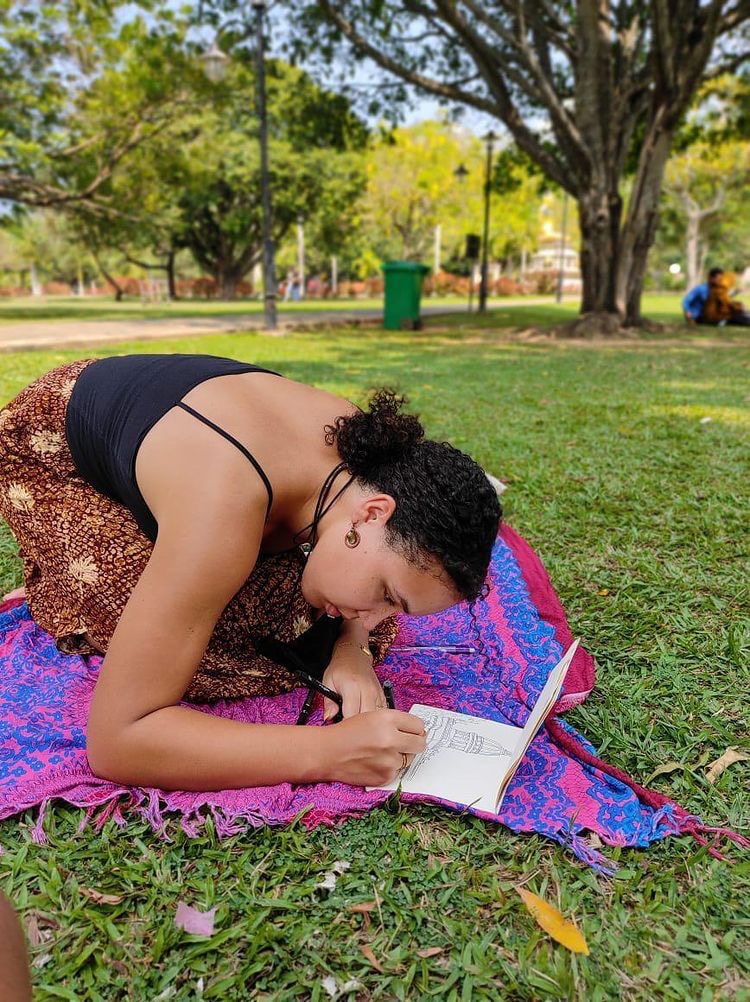In Dharamshala, I have seen jungle stupas, crumbling temples, foundries for the casting of brass prayer-wheels, and great columns of Tibetan women and children seeking registration in their new home. I have been treated by His Holiness the Dalai Lama’s personal physician, dined with Miss Tibet, and traveled with an itinerant magician of Lord Shiva. I have ascended to the snow line of the Dhauladhar mountains, trekked to the summits of Triund and the holy waterfall of Bhagsu, and navigated hidden trails, sacred to Tibetans and frequented by nuns, scorpions, and wild yak. I have slept on hill-tops alongside herds of shaggy ponies, traded grimaces with packs of massive langurs, and observed the feeding of the vulture, king of birds in the Tibetan bestiary. I have lectured from atop the dizzying battlements of Kangra Fort, oldest fortress in all of India.
I have befriended monks, nuns, refugee rock-and-rollers, furious beat poets, and Kashmiri trappers. I have hiked and hitch-hiked through the Indian Himalayas, and I have also visited ancient and mythical lands through my work with Tibetan manuscripts. The archives, directed by Geshe Lhakdor, His Holiness’ personal translator, house over one hundred and twenty thousand such texts, and I was able to consult even more while an envoy to the Tibetan community in Kathmandu.
Through these texts—whether traditional pecha bark- and loose-leaf bindings several feet long or modern reprints—I have ascended the forbidding slopes of Mount Kailash, swept across the Eurasian plain with the warrior-king Gesar, reached legendary ‘Ol-mo-lung-ring (holiest place of the Bön religion), and crossed the frozen blue lake of Amdo to a remote monastery where Mongol khans once made pilgrimage.
These works, seemingly esoteric, are not mere travel-guides, Michelin maps for the inaccessible. They are witnesses, and they are monuments. They are testimony, and they are pain. This pain is simultaneously change and celebration as woven into the Eternal Knot of samsara’s interweaving cycles of creation, re-creation, and destruction. This pain suffuses Dharamshala, inhabited by a community clinging to what once was and building replicas of buildings that stand in Lhasa, Tibet, while seeking to forge new identities and ways of life in India.
I have shared in this witnessing with monks, momo sellers, itinerant book-merchants, and gaggles of schoolchildren. I have seen it in the stones of the temples and parliament-houses. I have heard it in the cries of elders navigating craggy sacred trails in dense jungles of multicolored flags and lush conifer. I have seen it written on the faces of burly men and wispy children alike, and I will continue see it as I progress in my work for the Library of Tibetan Works and Archives. I have seen, and done, and felt so much—and my Luce year is not even close to being finished.


